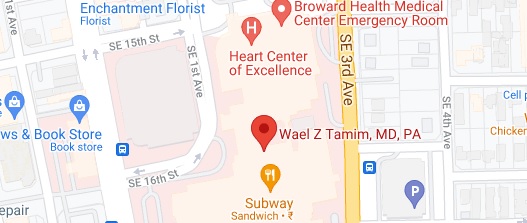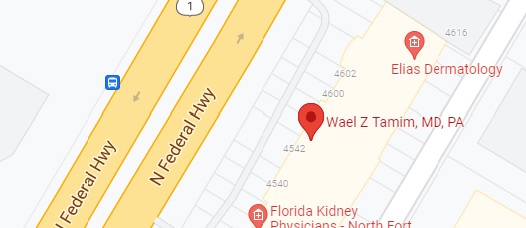What are Cardiac Masses or Tumors?
A heart/cardiac mass is an abnormal lump present inside or adjacent to the heart. They can be of three types:
- Tumor: abnormal growth that can be cancerous (malignant) or non-cancerous (benign). These tumors can be primary (originating in the heart) or secondary (spreading from another part of the body).
- Thrombus: blood clot
- Vegetation: microbial infection
Diagnosis of Cardiac Masses or Tumors
A cardiac mass can be diagnosed by echocardiography (EKG) and other imaging tests like echo-Doppler, MRI and CT scans
Procedure for Removal of Cardiac Masses or Tumors
Masses or tumors in the heart can result in the obstruction of blood flow, rhythm disturbances and valve damage. Surgical removal is the treatment of choice, which can be done by either using an open heart surgical technique or a minimally invasive technique.
Open heart surgery: In open heart surgery, your surgeon makes a 6- to 8-inch long incision in the center of the chest and separates the breastbone to access the chest cavity. Your heart would be connected to a heart-lung bypass machine (that takes over your heart's pumping action and moves blood away from your heart) to keep your heart still during the procedure.
Robotically-assisted heart surgery: Robotically assisted heart surgery is a minimally invasive surgery performed through 3 to 4 small incisions in the chest between the ribs. Surgical instruments connected to thin robotic arms and a laparoscope (fiber-optic tube with a tiny camera) are inserted through these small incisions. Your surgeon controls the robotic arms and camera from a special computer console located within the operating room. Motion sensors in the robotic arms help your surgeon control the movement of the surgical instruments.
The cardiac mass is removed. Tumors are removed along with a margin of healthy tissue to ensure that it does not recur.
Potential benefits of robotic surgery include:
- Shorter hospital stay
- Significantly less pain and scarring
- Less risk of infection
- Less bleeding
- Faster recovery
- Quicker return to normal activities
Post-procedure care
Following an open surgery, you are required to stay in the hospital for 4 to 5 days and complete recovery takes about 6 weeks; whereas a robotic or minimally invasive procedure greatly reduces the hospital stay and the recovery time.
Your surgeon will give you instructions on medications, lifestyle modifications, resuming activities, driving and returning to work.
Related Topics:
- Minimally Invasive Heart Surgery
- Atrial Fibrillation Corrective Surgery
- Percutaneous Mitral Valve Repair
- Removal of Masses or Tumors from the Heart
- Aortic Dissection
- Coronary Artery Bypass Grafting
- Aortic Valve Disease
- Aortic Stenosis
- Transcatheter Aortic Valve Replacement - TAVR
- Mitral and Aortic Valve Repair and Replacement
- Tricuspid Valve Disease
- Valvular Surgery


